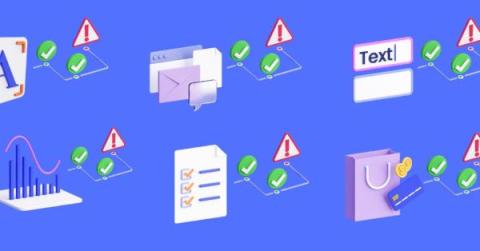UEBA vs. UBA: How They Differ & Which To Use
The financial repercussions of data breaches have soared, with organizations facing an average loss of $4.45 million per incident in 2023. However, beyond only financial implications, organizations that suffer a data breach face other severe consequences, including legal ramifications, productivity halts, and often worse, reputational damage amongst their clientele.






